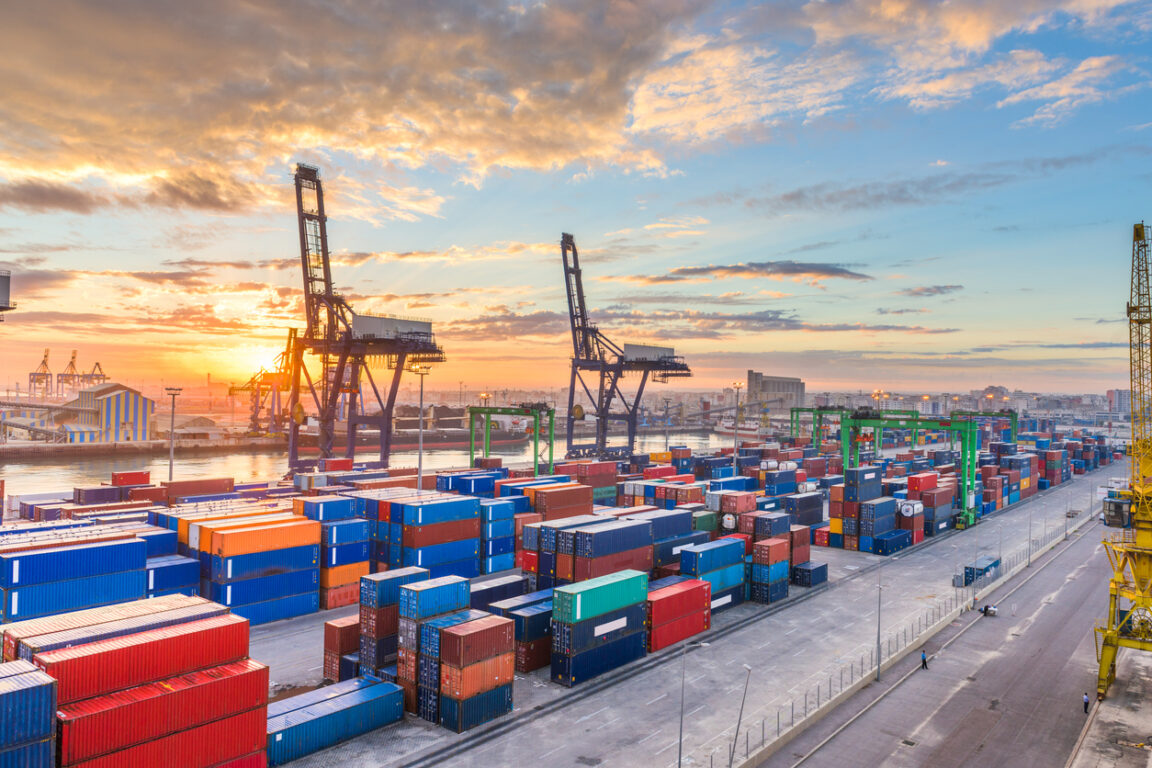EAC’s plan to boost intra-regional trade by eliminating non-trade barriers.

In the complex world of international trade, barriers come in various forms, extending beyond the traditional realm of tariffs. Non-tariff barriers (NTBs) represent a diverse array of obstacles employed by nations to regulate commerce, safeguard domestic industries, and address regulatory concerns. This article explores the concept of NTBs, delves into the East African Community’s (EAC) commitment to their elimination, and expounds on the mechanisms employed to facilitate smoother trade relations within the region.
Non-tariff barriers include a broad spectrum of measures that block the free flow of goods and services across borders. Unlike tariffs, which levy direct taxes on imports and exports, NTBs operate through non-monetary means, including regulatory requirements, administrative procedures, and technical standards. Common examples of NTBs include import quotas, pre-shipment inspections, rules of origin, and customs delays. Nations utilise NTBs to achieve various objectives, such as protecting domestic industries, ensuring product safety, and addressing regulatory disparities.
The EAC approach to NTB elimination
Recognising the detrimental impact of NTBs on regional trade and economic integration, the East African Community has prioritised their elimination. Member states, bound by the provisions of the EAC Treaty and Customs Union Protocol, have pledged to remove existing NTBs and refrain from imposing new ones. This commitment underscores the EAC’s dedication to fostering intra-regional trade and creating a conducive environment for economic growth. This action promotes the EAC’s common market and customs union pillar agenda.
Mechanisms for NTB Elimination:
The EAC employs a multi-faceted approach to identify, address, and eliminate NTBs effectively. Key mechanisms include:
- National Monitoring Committees:
Each EAC partner state establishes National Monitoring Committees tasked with identifying and resolving NTBs at the national level. These committees serve as vital conduits for communication and collaboration between government agencies, industry stakeholders, and trade partners.
- Regional Monitoring Committees:
Quarterly meetings of Regional Monitoring Committees facilitate coordinated efforts to address NTBs within the EAC region. These committees provide a platform for sharing best practices, exchanging information, and coordinating regional initiatives to streamline trade procedures.
- EAC Time Bound Programme:
Embedded within the COMESA-EAC-SADC Tripartite web-based monitoring system, the EAC Time Bound Programme sets specific deadlines for the elimination of NTBs. This time-bound approach promotes accountability and ensures timely action to address trade barriers.
- Elimination by Mutual Agreement:
Partner States commit to resolving NTBs through mutual agreement, fostering cooperation and consensus-building. By engaging in constructive dialogue and negotiation, countries seek mutually beneficial solutions to trade-related challenges.
- Web-Based Reporting System:
The EAC utilises a web-based system for reporting and resolving NTBs, providing a centralised platform for monitoring, tracking progress, and sharing information. This system enhances transparency, efficiency, and accountability in the NTB elimination process.
Non-tariff barriers pose significant challenges to international trade, hindering economic growth and regional integration. However, through proactive measures and collaborative efforts, the East African Community is working to overcome these obstacles and promote trade facilitation within the region. By leveraging national and regional mechanisms, fostering dialogue, and embracing technological innovations, the EAC aims to create a more seamless and conducive trading environment for its member states. In doing so, the EAC endeavours to unlock the full potential of intra-regional trade, driving sustainable development and prosperity across East Africa.

